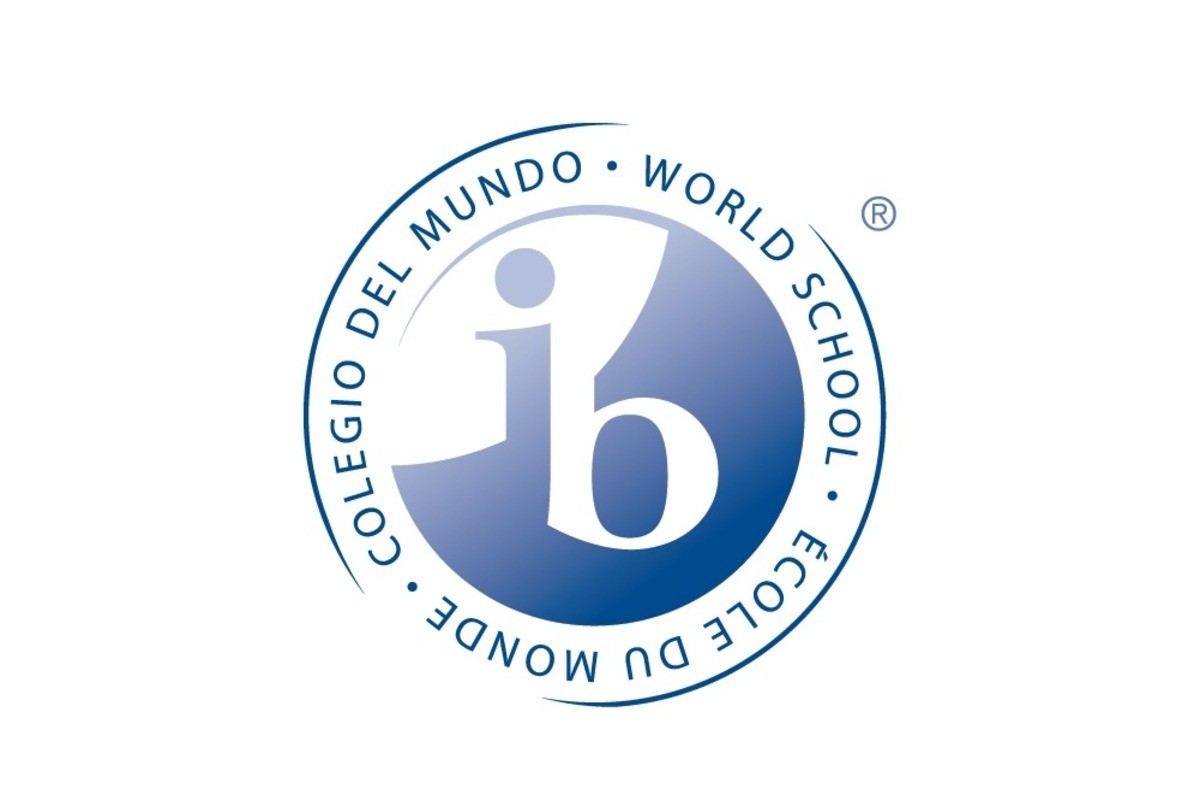“The attributes of the learner profile represent a broad range of human capacities and responsibilities that encompass intellectual, personal, emotional, and social growth. The development and demonstration of these attributes are foundational to students becoming internationally minded, active and caring community members who respect themselves, others and the world around them.”
~ “PYP Resources - Home - IB Programme Resources”
Learner Profile Attributes
Communicators
We express ourselves confidently and creatively in more than one language and in many ways. We collaborate effectively, listening carefully to the perspectives of other individuals and groups.
Knowledgeable
We develop and use conceptual understanding, exploring knowledge across a range of disciplines. We engage with issues and ideas that have local and global significance.
Principled
We act with integrity and honesty, with a strong sense of fairness and justice, and with respect for the dignity and rights of people everywhere. We take responsibility for our actions and their consequences.
Reflective
We thoughtfully consider the world and our own ideas and experience. We work to understand our strengths and weaknesses in order to support our learning and personal development.
Risk-Taker
We approach uncertainty with forethought and determination; we work independently and cooperatively to explore new ideas and innovative strategies. We are resourceful and resilient in the face of challenges and change.
Thinkers
We use critical and creative thinking skills to analyze and take responsible action on complex problems. We exercise initiative in making reasoned, ethical decisions.
Balanced
We understand the importance of balancing different aspects of our lives intellectual, physical, and emotional to achieve well-being for ourselves and others. We recognize our interdependence with other people and with the world in which we live.
Open-Minded
We critically appreciate our own cultures and personal histories, as well as the values and traditions of others. We seek and evaluate a range of points of view, and we are willing to grow from the experience.
Inquirers
We nurture our curiosity, developing skills for inquiry and research. We know how to learn independently and with others. We learn with enthusiasm and sustain our love of learning throughout life.
Caring
We show empathy, compassion, and respect. We have a commitment to service, and we act to make a positive difference in the lives of others and in the world around us.
How do we use the Learner Profile?
[The follow is an except from “PYP Resources - Home - IB Programme Resources.” Ibo.org, 2017, resources.ibo.org/pyp/works/pyp_11162-51463?lang=en&root=1.6.2.6.5. Accessed 29 Sept. 2023.]
Development
Teachers and students reflect on what the attributes look like and how they are developed through different subjects. For example:
being a principled-risk taker in science could involve designing an innovative renewable energy solution while taking into account the opinions and needs of local people
an open-minded thinker in arts could engage with and reflect upon artworks that conveyed stories of power and privilege across the world
a reflective communicator in physical education could choreograph collaborative group dances to investigate identity and mutual understanding.
A Common Language
The learner profile attributes provide teachers, students, and parents with a common language with which to describe and reflect the following.
School culture—the attributes can be reflected in class agreements, playground guidelines, collaborative planning arrangements, pastoral care processes and social protocols observed by the school (for example, welcome ceremonies). They become part of the language of pastoral care and restorative practices.
Communications—the attributes can be used to describe learning and school-wide initiatives through newsletters, school websites and displays in the learning spaces. For example, “student librarians” read all the new picture books that arrive in the library in order to identify the attributes of focus; library visitors are invited to engage with the learner profile attributes identified.
Feedback—students give and receive feedback on their learning using the language of the learner profile attributes. The attributes can also be shared and celebrated in reports. For example, students care for each other in the playground and communicate to work through differences.
Tools—the attributes can provide a tool for reflecting on local, national and global opportunities and challenges, as well as on international events that are reported in the media. For example, consideration of different perspectives of a news story can be encouraged when students are open-minded inquirers or principled thinkers.
